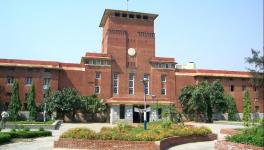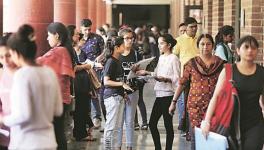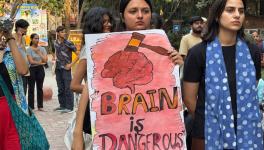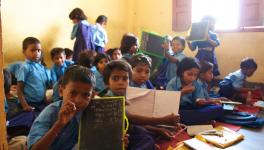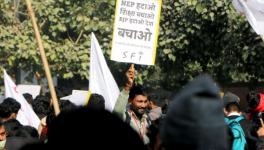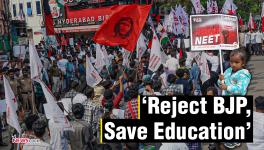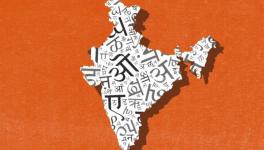Research Under FYUP: Modus Vivendi or Modus Confusio?
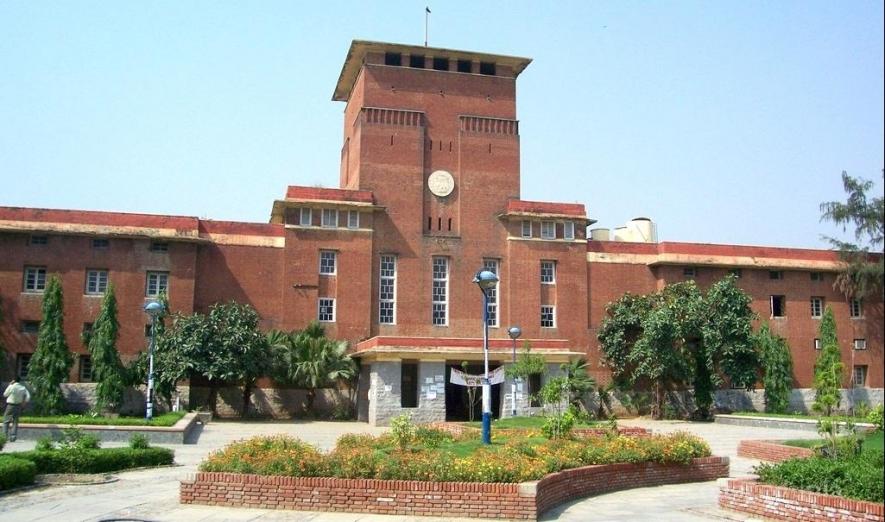
File Image
As Delhi University (DU) rolls out its fourth-year undergraduate research framework under the National Education Policy (NEP) 2020, students and faculty alike find themselves navigating a maze of expectations, uncertainties, and structural gaps. Delhi University's Academic Council recently adopted guidelines for a fourth undergraduate year centered around research, entrepreneurship, and project work. Intended to align with NEP 2020, the initiative promises to boost innovation and employability.
However, students, overburdened by academic rigour in the first three years, often feel unprepared for research due to limited conceptual grounding and unclear career pathways. Faculty, too, will face challenges, navigating new curricular demands while trying to support students through an evolving system that still lacks stability and clarity.
Under the new fourth year undergraduate research guidelines approved by the Academic Council, implementation will involve structured academic supervision and monitoring. Each student opting for this additional year will be assigned an Advisory Committee for Research (ACR), consisting of faculty members who will guide their chosen project whether a dissertation, academic endeavor, or entrepreneurial venture. Students are expected to submit monthly progress reports to their committees, allowing for continuous evaluation and feedback.
The University also plans to establish a research repository to archive student work and develop specific assessment rubrics tied to each track. While the framework emphasises individualised mentoring and academic rigour, some procedural aspects, including detailed funding support and proposal review mechanisms, are still being finalised.
In global higher education systems, research-oriented components in undergraduate studies vary by region but share some common principles. In the United States and Canada, students often pursue independent research in their final year through honours programmes or senior theses, guided by faculty mentors. In the United Kingdom, while most undergraduate degrees span three years, integrated master’s courses extend to four years with significant research projects.
Australia follows a distinct model with its "Honours Year"- a fourth-year research intensive programme after the Bachelor's degree, often required for PhD entry. In Europe, particularly under the Bologna Process, undergraduate degrees are typically three years long, but many institutions incorporate project based learning or final-year dissertations, with deeper research reserved for master's-level studies.
While these models differ in structure, they all emphasise mentorship, originality, and academic rigour elements, now being adapted into India’s more centralised, policy-driven approach.
For students grappling with a packed three-year curriculum, the challenge begins long before research. The first six semesters are often dominated by a rush of continuous assessments, internal evaluations, and presentations across disciplines. With barely enough breathing room to absorb core concepts, many find themselves moving from one task to the next without truly understanding what they are learning. The mental bandwidth needed to engage in reflective or original thought is often crowded out by deadlines.
Now, with the fourth-year option on the table, students find themselves at a crossroad. As a teacher, I am often approached by students brimming with questions about their future. They ask whether they should pursue research, continue with a Master’s degree, or take time off to explore internships, jobs, or hands-on experience. Some wonder if simply continuing into their fourth year is the better path. On top of that, they ask about what lies ahead whether they might one day become professors like me, or if not, what other earning opportunities and career options might be available to them.
Answering these questions has become increasingly difficult these days. We are still adapting to a new academic system, trying to familiarise ourselves with revised course outlines, updated syllabi, and a whole new modus vivendi. Navigating this transition while offering guidance to students feels like walking a tightrope balancing clarity with uncertainty.
The University’s proposal offers three tracks -- dissertation, academic project, or entrepreneurship -- but these choices raise new questions: Who will mentor students through unfamiliar territory? How will their work be evaluated? And, most importantly, what will they gain from it in real world terms?
The uncertainty does not end with academic planning. Students want clarity on how this year translates into career opportunities. Will employers value a fourth-year research credential over hands-on experience? Will the added time strengthen their profiles for master’s programs, or stretch them too thin? Without clearer guidance, many feel they are making blind bets on their futures.
In the current academic structure, university faculty already manage crowded classrooms, regular coursework, and administrative responsibilities. By adding a layer of research supervision without reducing other workload components such as the workload, hours of lectures or committee obligations the model risks overburdening educators. Some teachers are expected to oversee several students each, guiding them through proposals, progress reports, and final outputs. This additional demand may affect both the quality of mentorship and the sustainability of the teaching ecosystem.
The phrase “institutional ambition” reflects DU’s effort to align with NEP’s forward-looking goals: fostering innovation, multidisciplinary learning, and job-readiness. But “ground-level feasibility” refers to whether those goals are realistically implementable given the university’s infrastructure, staffing, and support mechanisms. The mismatch between the two is becoming more apparent, especially as some faculty members raise concerns that the expectations, such as student publications in indexed journals or patent filings may be unrealistic without targeted resources.
For the fourth-year model to succeed in practice, the university may need to refine implementation, address logistical challenges, and ensure adequate support structures for both students and faculty. The initiative holds promise but its effectiveness will depend on how well it balances ambition with accessibility.
The writer is Assistant Professor, Department of Sociology, Maitreyi College, University of Delhi, and Executive Editor, Asian Ethnicity. The views are personal.
Get the latest reports & analysis with people's perspective on Protests, movements & deep analytical videos, discussions of the current affairs in your Telegram app. Subscribe to NewsClick's Telegram channel & get Real-Time updates on stories, as they get published on our website.









